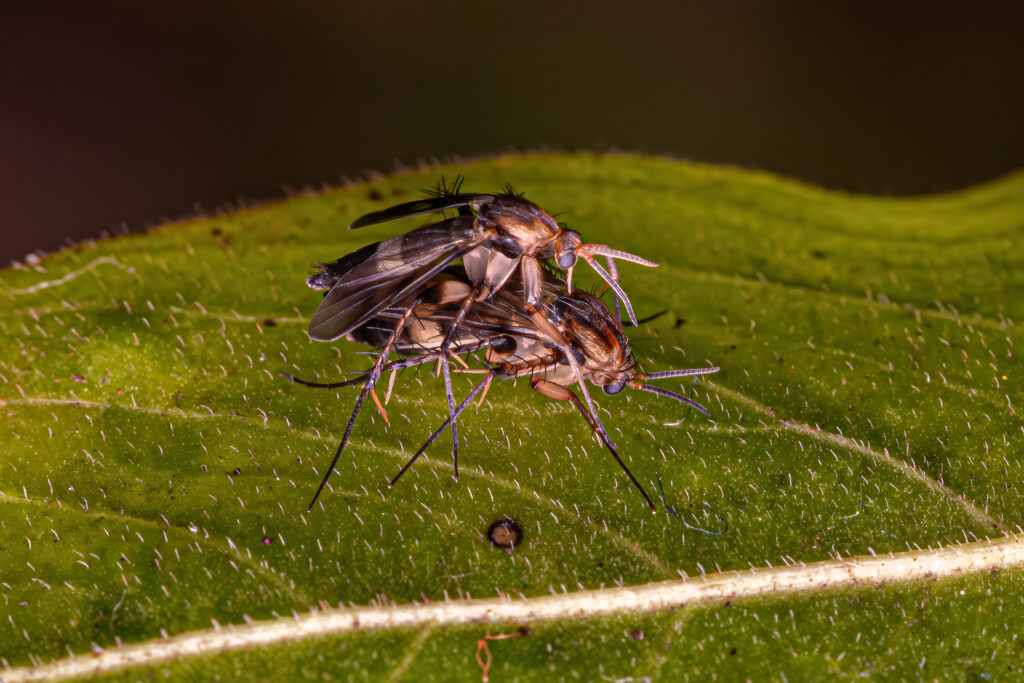Best Summer Vacation Quotes


Indoor plants bring life and vibrancy to our homes, but they also come with their own set of challenges, including pests like gnats. These small, pesky insects, often referred to as fungus gnats, thrive in the moist soil of our beloved houseplants. While they may seem harmless at first, a gnat infestation can quickly become a nuisance, affecting both the health of your plants and the comfort of your living space. Understanding the lifecycle of gnats and implementing effective control measures is essential for any plant enthusiast looking to maintain a healthy indoor garden.
Fungus gnats have been a part of the gardening ecosystem for centuries. Historically, these tiny insects have thrived in environments rich in organic matter, such as forests and fields. As gardening practices evolved and indoor plant cultivation became popular, fungus gnats found a new habitat in the moist soil of houseplants. Understanding their historical presence helps us appreciate their role in the ecosystem, even as we seek to manage them in our homes.
Fungus gnats are attracted to the decaying organic matter in soil, which is why they are commonly found in plant pots. Their presence is not just a modern-day problem; gardeners throughout history have dealt with these pests. By studying their habits and lifecycles, we can devise strategies to keep them under control while maintaining the ecological balance they contribute to.
Recognizing the early signs of a gnat infestation is crucial for effective management. Fungus gnats are small, dark-colored flies that can often be seen hovering around the soil of your plants. The adult gnats themselves are not harmful to plants, but their larvae can cause significant damage by feeding on plant roots.
The lifecycle of gnats begins with the adult laying eggs in the soil. These eggs hatch into larvae, which are white or translucent and can be found in the top layer of the soil. As they mature, they feed on organic matter and plant roots, potentially stunting plant growth and causing wilting. If you notice adult gnats flying around or see larvae in the soil, it’s time to take action.
Addressing a gnat infestation requires a combination of strategies aimed at both the adult gnats and their larvae. One of the most effective methods is to let the soil dry out between waterings, as gnats thrive in moist conditions. Reducing soil moisture can disrupt the gnat lifecycle and reduce their population.
Another practical step is to remove any decaying plant material from the soil surface, as this serves as a food source for larvae. Additionally, ensuring proper drainage in plant pots can prevent water from accumulating and creating an ideal environment for gnats.
Sticky traps are a simple yet effective tool in the fight against fungus gnats. These traps work by attracting adult gnats with their bright colors and trapping them on a sticky surface. To use sticky traps, place them near the soil surface or hang them close to infested plants. This method helps reduce the adult gnat population, breaking the lifecycle and preventing further egg-laying.
When implementing sticky traps, ensure they are placed strategically around your plants for maximum effectiveness. Regularly check and replace the traps as they become filled with gnats. This hands-on approach provides a visual indication of the infestation level and offers a non-toxic solution to managing adult gnats.
For those seeking chemical-free solutions, natural remedies can be highly effective in controlling gnat larvae. One popular method is using mosquito bits, which contain a naturally occurring bacterium that targets and kills gnat larvae without harming plants. Sprinkle mosquito bits on the soil surface and water them in to activate the bacteria.
Another natural remedy involves the use of neem oil, which can be mixed with water and applied to the soil. Neem oil disrupts the lifecycle of gnats, preventing larvae from developing into adults. It is important to follow the manufacturer’s instructions when using neem oil to ensure safe and effective application.

Hydrogen peroxide is a versatile household item that can also be used to treat gnat infestations. When diluted with water, it becomes a powerful tool against larvae. Mix one part hydrogen peroxide with four parts water and apply the solution to the soil. The fizzing action of hydrogen peroxide helps oxygenate the soil and kill gnat larvae on contact.
Using hydrogen peroxide not only targets larvae but also helps in maintaining healthy soil by breaking down into water and oxygen, leaving no harmful residues. This method provides a quick and effective way to manage gnats without resorting to harsh chemicals.
Preventing gnats starts with maintaining healthy soil conditions. Regularly aerating the soil helps improve drainage and reduces moisture levels, making it less conducive to gnat breeding. Additionally, using a well-draining potting mix can prevent water from pooling at the bottom of pots.
Incorporating beneficial nematodes into the soil is another preventive measure. These microscopic organisms prey on gnat larvae, reducing their population naturally. By fostering a healthy soil ecosystem, you can create an environment that is inhospitable to gnats while supporting plant health.
Seasonal changes can impact the prevalence of gnats in indoor plants. During the warmer months, increased humidity and watering can create ideal conditions for gnats. Adjusting your watering schedule to match seasonal needs can help prevent infestations.
In the winter, indoor heating can dry out the air, reducing the likelihood of gnats but potentially stressing plants. A seasonal care checklist for indoor plants includes monitoring humidity levels, adjusting watering practices, and ensuring adequate light exposure. By tailoring plant care to the seasons, you can maintain plant health and keep gnats at bay.
Heather Blackmore, a seasoned horticulturist, emphasizes the importance of understanding the environmental factors that contribute to gnat infestations. According to Blackmore, “Prevention is key. By maintaining optimal soil conditions and monitoring plant health regularly, you can significantly reduce the risk of gnats taking hold.”
Blackmore also advocates for a balanced approach that combines natural remedies with proactive plant care. “Using tools like sticky traps and mosquito bits, alongside proper watering and soil management, creates a comprehensive strategy for managing gnats effectively,” she advises. Her insights underscore the value of integrating traditional knowledge with modern solutions in maintaining healthy indoor gardens.